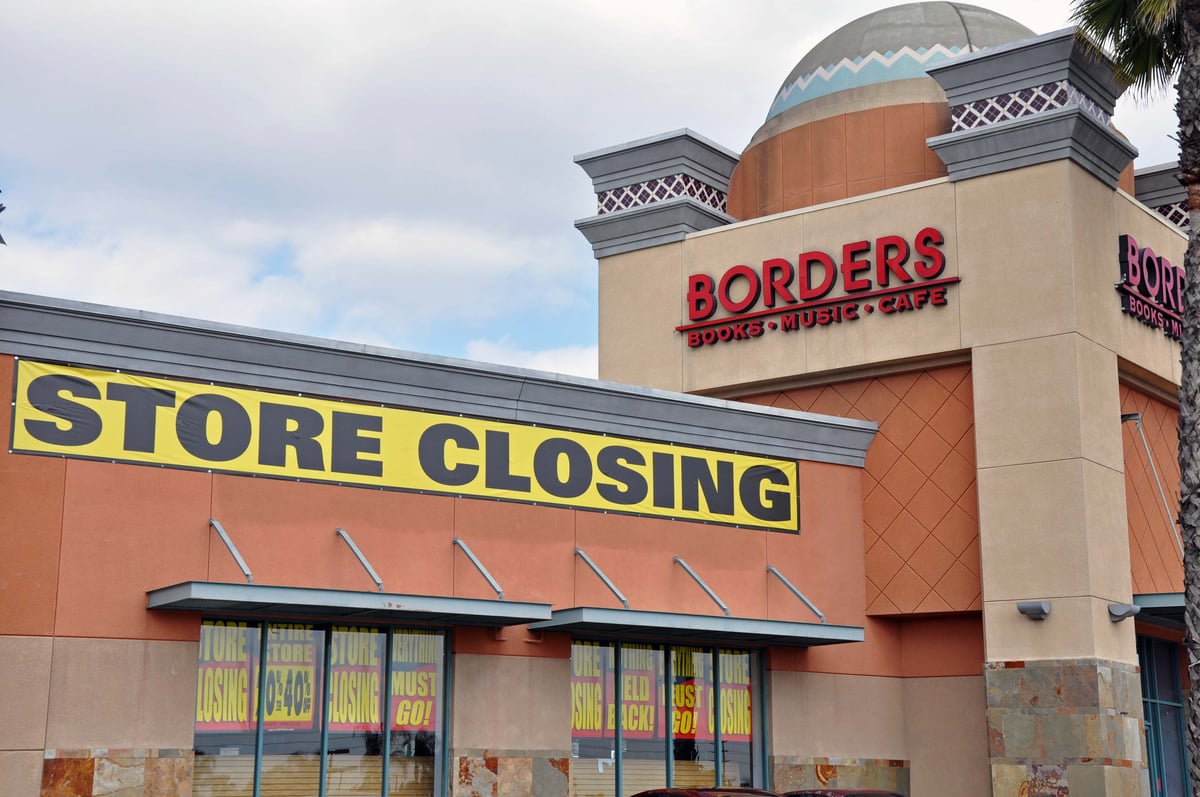E-book sales fall below hardcovers for first time since 2012

Print book sales are increasing (slightly) while e-book sales continue to fall (sharply), says Nielsen’s Jonathan Stolper. Which means for the first time in more than four years, hardcover books are outselling e-books. Stolper lists a few factors driving the switch: the price of e-books has gone up, and fewer people are using dedicated e-readers. Even people buying and reading e-books are doing it on their phones and tablets, not Kindles or Nooks or what-have-you.
Whatever the causes for the decrease in e-book sales, the decline has resulted in something that many publishing experts thought would never happen—unit sales of hardcovers overtook unit sales of e-books. With hardcover units up 5% in 2016 over 2015, hardcover’s 188 million units sold topped that of e-books for the first time since Borders closed in 2012, Stolper said.
I have a pet theory about this, and it’s very simple: it’s about the stores. Here’s how it works.
- E-bookstores expand to country after country, publisher after publisher => sales of e-books go up.
- Borders and other chain bookstores shut down => sales of print books go down.
- Barnes & Noble and other e-bookstores shut down, leaving Amazon basically the only game in town => sales of e-books go down. (Also prices go up.)
- People stop using devices that are basically stores with readers attached, and use phones and tablets where it’s harder to buy => sales of e-books go down some more.
It’s the same boom-and-bust that we had when the new chain bookstores came through thirty years ago and gradually killed each other off! Lots of places to buy books, then hardly any places to buy books.
Meanwhile, indie bookstores are weathering the storm and big box stores are still pushing books at a discount, keeping print books afloat. Which is exactly what the publishers and a lot of other players in the market have always wanted: a high e-book prices, both to preserve a revenue floor and to keep the entire print market chain in business. And Amazon’s fine with it — they got the near-monopoly on e-retail they wanted.
Meanwhile, readers are paying more for books and have fewer places from which to buy them. As much as I like a good hardcover, that hardly feels like a win.
Buying a book is what they call a crime of opportunity. If there were more viable e-bookstores (and if DRM weren’t such a monster, there’s no reason every website couldn’t be an e-bookstore), we’d have better competition on price (collusion and market choices aside) and everyone would sell a whole lot more e-books.
Update: I screwed up the first draft of this and conflated hardcover units with total print sales. (I also forgot to include the link to the Publishers Weekly story I quoted.) To be clear, hardcovers are outselling e-books now, from the publishers covered in Nielsen’s survey. E-books have never outsold all print books — even rosy projections back in 2014, when e-book sales were about a third of the market, didn’t think they’d cross that 50/50 threshold until well into this decade. Thanks to Doug Gates who spotted the error.
Update 2: Dan Cohen pointed out a number of other factors tipping sales measurement in favor of print: “dark” but legal reading of e-books that doesn’t get counted (libraries, open e-books, DRM-free private sales by authors and indies), and increased sales of audiobooks, which eats away at the e-book market. E-readers, too, haven’t really improved much; neither have the aesthetics of the books themselves. Other readers pointed out that readers feel burned by stores and services failing.
In short, “cost” is probably the biggest factor, broadly defined — but what exactly that means and how it plays out in readers’ choices is a lot more complex than a binary choice between e-books and print.





Stay Connected